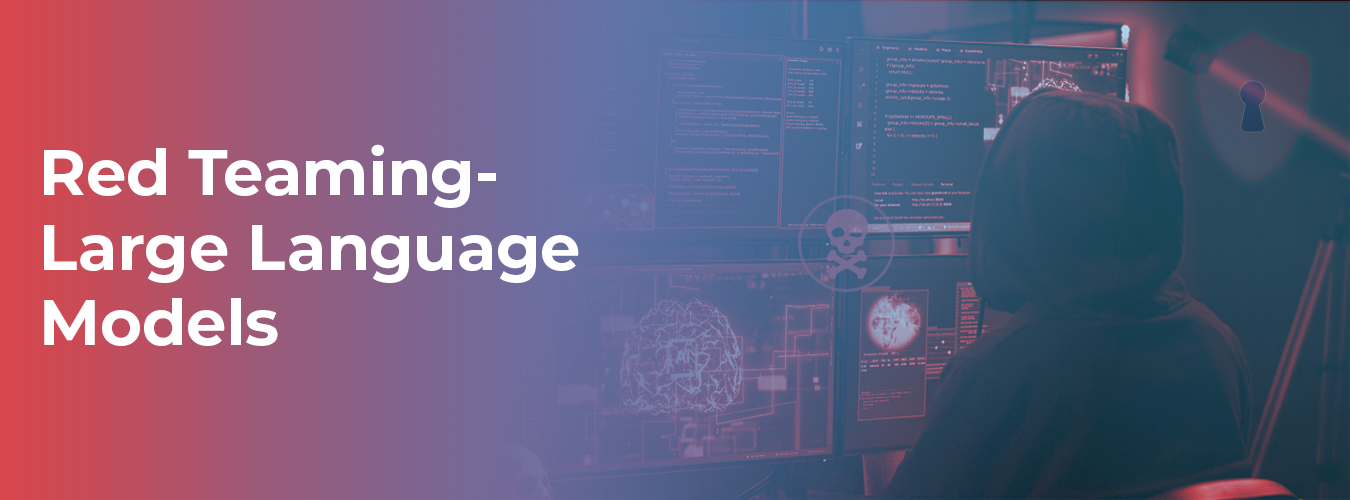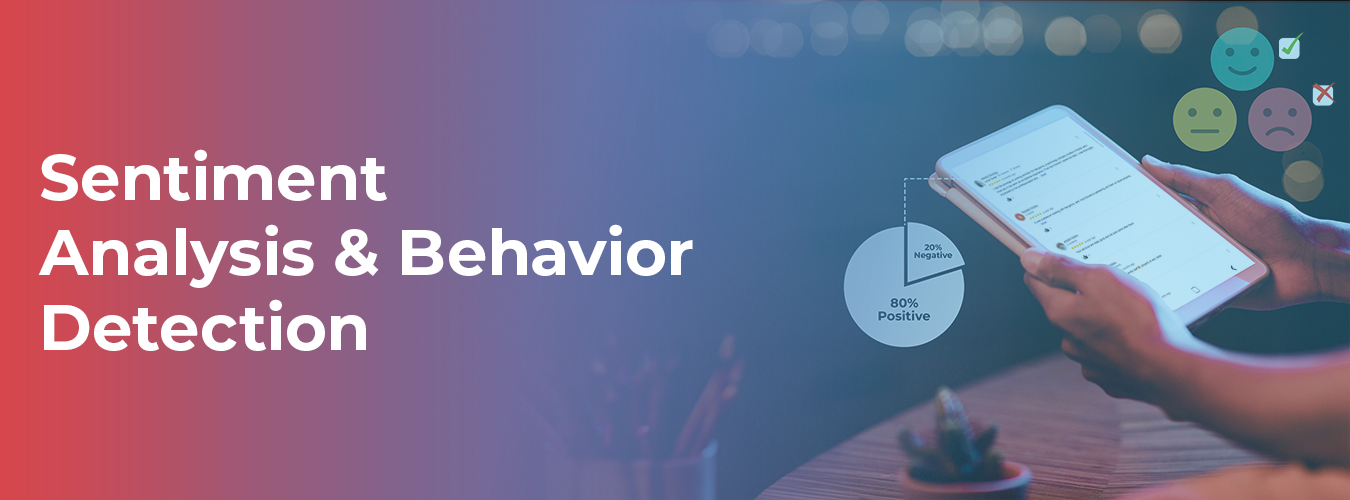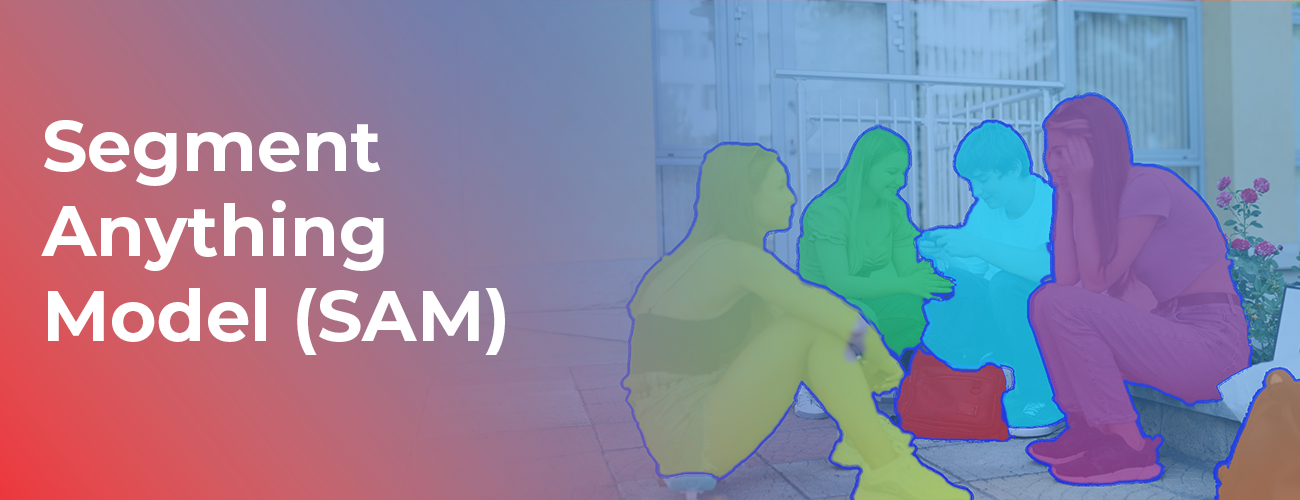High-quality training data is at the heart of any successful generative AI model. Sourcing the proper training data is crucial in developing practical artificial intelligence (AI) models. In this blog, we’ll explore the intricacies of sourcing training data for generative AI, the role of training data in generative AI, its types, why it matters, the way Macgence assists you in navigating this critical issue of AI development, and much more.
Understanding Generative AI
It refers to a type of AI capable of generating new and original content, including text, images, videos, and music. Generative AI systems can learn from previous examples of content and use that information to generate new and unique content. This technology not only automates challenging tasks but also makes decision-making approaches more accessible by offering insights beyond the scope of traditional data analysis methods. As training data for generative AI keeps evolving, it opens up new avenues for personalized customer experiences and content creation, converting how companies interact with their audiences.
The Role of Training Data in Generative AI
Before delving into the sourcing process, let’s understand the crucial function of training data for generative AI models. Generative AI models learn to generate human-like text by analyzing extensive text data throughout the training. They derive patterns, grammar, context, and semantics from this data, permitting them to create coherent and contextually relevant textual content.
The quality, diversity, and quantity of training data at once affect the performance of a generative AI model. High-quality data allows the model to generate more accurate and coherent text, while numerous datasets permit it to handle a broader range of topics and patterns. Lastly, ample training data contributes to the version’s overall proficiency.
Types of Training Data for Generative AI

Sourcing training data for generative AI often involves selecting the appropriate data type for your use case. Here are some common types of training data:
Text Data: Text data is essential for models like GPT, which generate written content. Sources for text data can include books, articles, websites, social media, and more. For a business, text data can be sourced from customer interactions, product descriptions, and industry-specific documents. For example, a content generation platform might source text data from a wide range of web articles and blogs to automatically train a model for generating blog posts and articles.
Domain-Specific Data: In many instances, it’s essential to use domain-based training data for generative AI models. For applications in specialized fields like healthcare, finance, or law, it’s critical to supply data specific to that area. This guarantees the AI model can generate contextually correct textual content.
User-Generated Content: Social media posts, user opinions, and forum discussions are rich data resources for training data for generative AI models. They capture informal language and various perspectives, making the model more versatile.
Multimodal Data: Besides text, you can enhance your AI model’s capabilities by incorporating images, audio, and video data. Sourcing such data requires combining various data sources. This is especially useful for tasks like image captioning or generating multimedia content. For example, a social media platform might use user-generated text and images to train an AI model that generates image captions based on textual input.
Structured Data: Data in structured formats, like databases, may be converted into textual content data for training. This is useful for AI applications requiring reports or summaries from structured info.
Image Data: Sourcing various image records is vital for training data for generative AI models like DALL-E, designed to provide pictures from textual descriptions. This can come from publicly available photos, datasets, inventory images, and in-house collections.
Best Practices of Sourcing Training Data

Sourcing training data for generative AI models presents several challenges, but best practices exist to overcome these. To overcome these challenges, consider the following best practices:
Diversify Your Sources: Ensure your training data comes from a wide range of sources, including public datasets, proprietary data, and crowdsourced content. Diverse data sources help the model generalize better.
User Consent and Bias Mitigation: If you use user-generated content, ensure you have proper consent and anonymize the data to shield user privacy. Be vigilant about bias mitigation to ensure the facts used for training are representative and unbiased.
Collaborations: Collaborate with businesses, institutions, or researchers with access to area-specific data you want. Collaborations can assist pool sources and data, allowing an extra complete dataset for your generative AI model.
Data Preprocessing: Invest time and effort to ensure data quality. This step may involve removing duplicates, correcting errors, and standardizing formats. Consider using language translation services for text data preprocessing, aligning sentence structures, correcting spelling errors, and converting text to a standard format.
Data Cleaning and Labeling: Invest time in cleaning and labeling your training data to avoid noise and ensure accuracy.
Data Generation: Consider using training data for generative AI to create artificial records while real-world data is scarce or limited. This can help supplement your training datasets and ensure you have sufficient data for practical model training.
Continuous Learning: Sourcing training data for generative AI is only sometimes a one-time task. You have to constantly replace your training data to make your generative AI model updated and challenging. Language evolves, new topics emerge, and consumer preferences exchange. Regularly updating your dataset ensures that your AI model stays relevant and sensible.
Outsourcing vs. Internal Sourcing
When it comes to sourcing training data for generative AI, it comes under consideration that companies are facing a challenge between internal sourcing and outsourcing. Internal sourcing gives control; however, it needs sources and expertise in data gathering, annotation, preprocessing, and compliance with data privacy policies.
On the other hand, outsourcing to a specialized vendor like Macgence can be a strategic choice. Macgence’s teams have extensive experience sourcing and handling training data for generative AI projects. We ensure high-quality and diverse datasets, adhere to data privacy regulations, and can scale our services as your project evolves. Outsourcing to Macgence allows your team to focus on model development and innovation.
Make a Difference with Macgence
As a frontrunner in data management and AI, Macgence gives complete answers for sourcing training data for generative AI projects. Offering curated datasets, data annotation services, and prioritizing ethical data sourcing. By partnering with Macgence, you can expand generative AI models that deliver outstanding results while upholding ethical requirements and information privacy.
Ready to take your generative AI projects to the next stage? Leverage Macgence’s expertise in sourcing training data and cognizance of what you do best– innovating. Don’t miss out; contact us now and lay the base for AI solutions that, in reality, make a difference.
Conclusion
High-quality data must be considered when developing generative AI systems. The correct training data for generative AI can significantly enhance a model’s performance, driving innovation and offering a competitive edge in the market. By exploring the data collection methods identified in this article, developers and business leaders can navigate the complexities of generative AI data. As generative AI evolves, the focus on data will only intensify. Therefore, staying informed and adapting is essential, ensuring that your generative AI models are data-rich and data-smart.
FAQ’s
Ans: – It refers to a class or subset of AI that creates new content like text, images, audio, or other forms of content based on the past patterns learned from previous data.
Ans: – The models commonly used in Generative AI are GPT, DALL-E, etc. These models are developed for specific purposes such as text generation, image synthesis, or both.
Ans: – Yes, Generative AI can be explicitly made for industries or tasks with the help of Custom datasets, domain-specific text generation, and model validation services.




